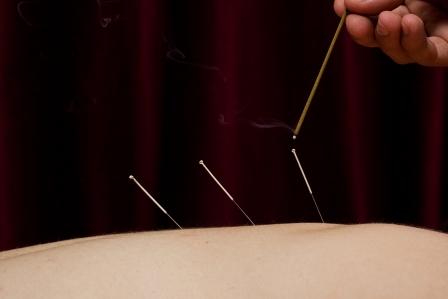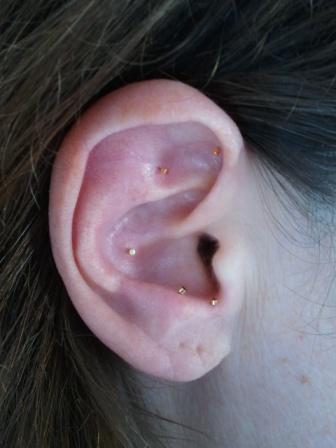Experimental studies carried out in humans have shown that acupuncture triggers local increases in interstitial adenosine concentrations. This confirms previous findings from animal experiments, which showed that increases in interstitial adenosine can reduce the severity of chronic pain through adenosine A1 receptors. Researchers from the USA collected samples of interstitial fluid before, during and after delivering 30 minutes of conventional acupuncture at Zusanli ST-36 in human subjects. Interstitial adenosine concentrations increased significantly during acupuncture and remained elevated for 30 minutes after needling. Acupuncture-mediated adenosine release was not observed if acupuncture was performed at a non-acupuncture point, or if the acupuncture needle was inserted, but not rotated. The authors conclude that their findings strengthen the evidence for the role of adenosine in acupuncture-mediated antinociception in humans. (Traditional acupuncture triggers a local increase in adenosine in human subjects. J Pain. 2012 Dec;13(12):1215-23).
Categories: Acupuncture research







